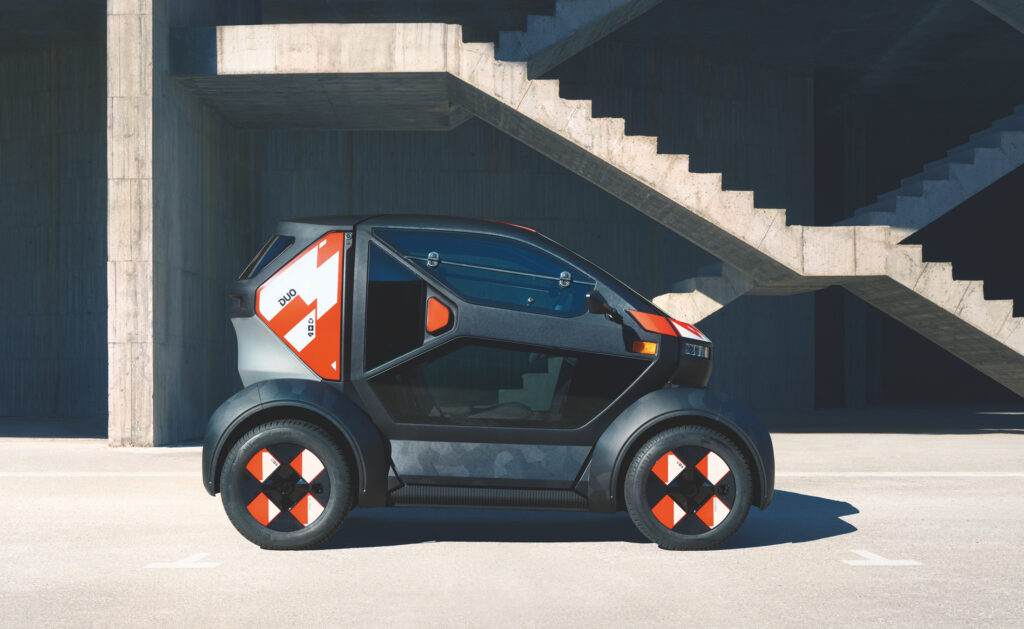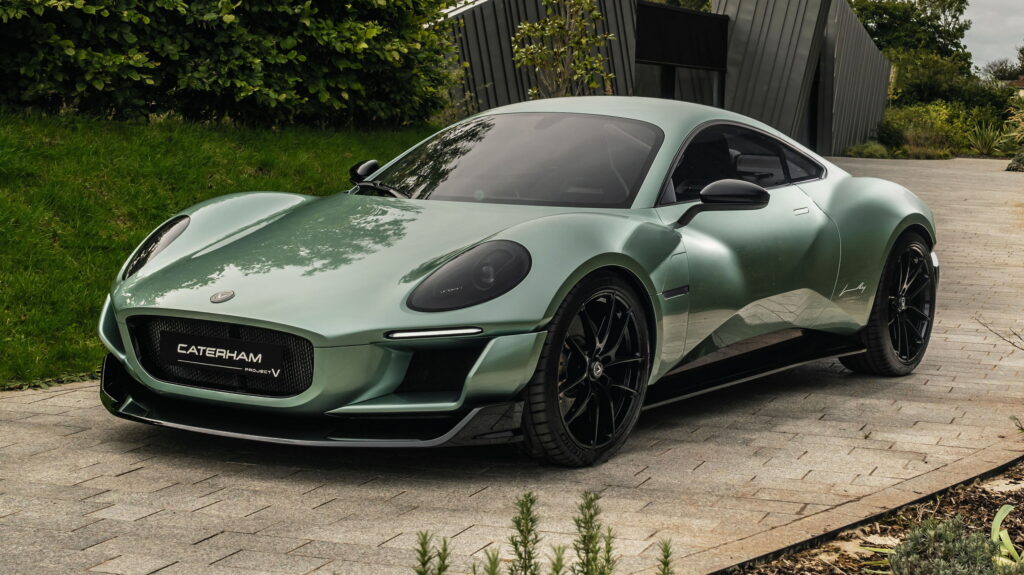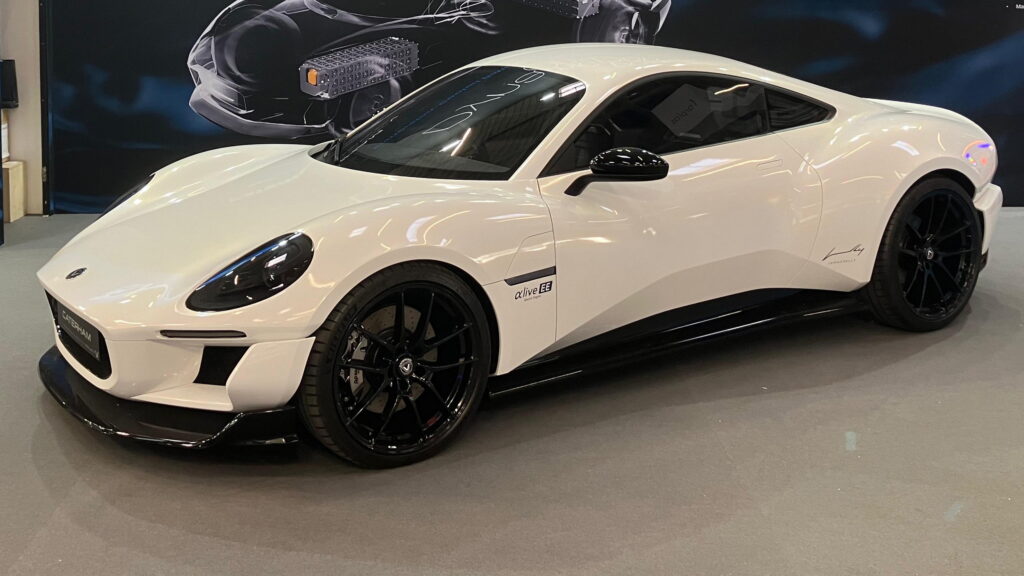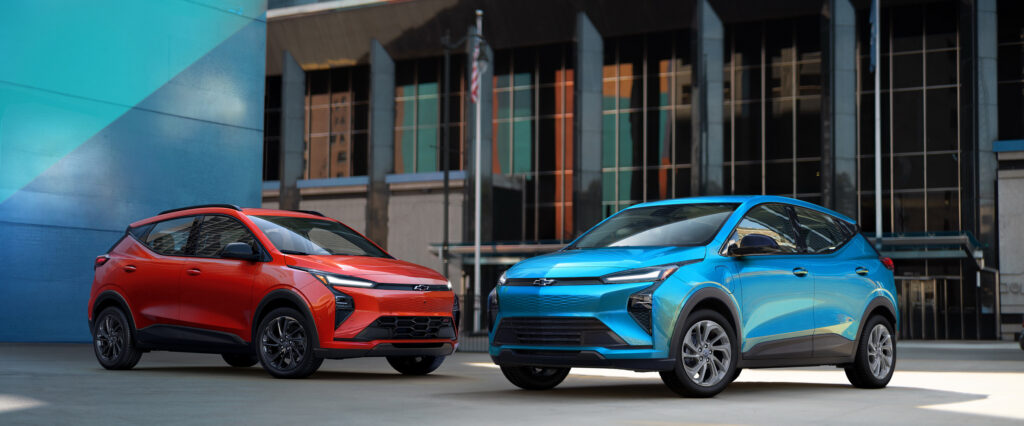Renault’s Smallest And Quirkiest EV Is Dead
- Renault Group is winding down the short-lived Mobilize brand and the Duo heavy quadricycle.
- The decision to kill an EV that debuted in 2024 was taken due to limited profitability prospects.
- The charging and energy services will live on, integrated into Renault’s commercial division.
Renault’s chapter in electric micro-mobility might have started with big dreams, but it is ending rather quietly. The French automaker has pulled the plug on the Mobilize Beyond Automotive sub-brand, effectively killing off the Duo and Bento urban EVs before they ever got a chance to succeed in the market.
Mobilize was inaugurated in 2021 to address “opportunities beyond automotive manufacturing”. The company revealed the EZ-1 concept in 2021, which evolved into the Duo and Bento concepts in 2022, and led to the production-spec EVs in 2024.
More: Mobilize Duo And Bento Are Renault Group’s New Subscription-Based Urban EVs
The fully electric heavy quadricycle and its commercial variant featured similar design, character and proportions with the discontinued Renault Twizy that preceded the Citroen Ami, Opel Rocks Electric, and Fiat Topolino rivals. However, the Mobilize-branded models would be offered as part of subscription-based programs instead of traditional ownership.
Just one year after the debut of the production versions and before they even reached the UK market, Renault has formally axed the EVs alongside the entire Mobilize sub-brand which is “no longer a standalone entity”.
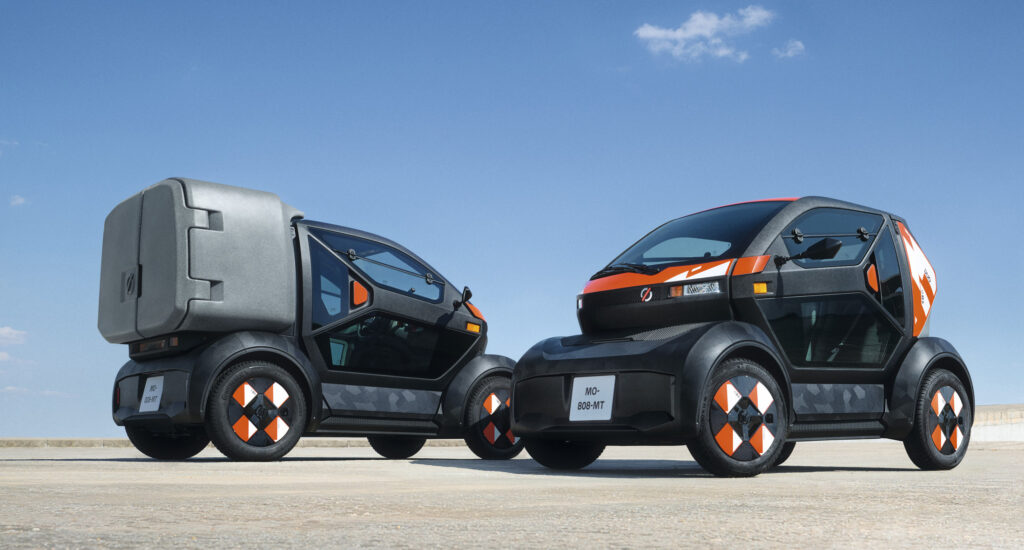
This signals the end of the car sharing services in Milan, Italy, with Madrid, Spain set to follow the same course in 2026. According to Renault, the activities that are being discontinued either have “limited profitability prospects” or they “do not directly serve the Group’s strategic priorities”.
More: Renault Group’s Mobilize Limo Is A High-Riding Electric Sedan Designed For Fleet Use
Still, not everything is bad news. The electric charging solutions (on site or on the road) remain a priority for the company, as they “help improve customer satisfaction and loyalty” and “support electric vehicle sales”. For this reason, this part of Mobilize will live on integrated within Renault Group’s commercial operations, under the watchful eye of Chief Growth Officer Fabrice Cambolive.
Results of Mobilize’s work until today include over one million charging points accessible to Renault Group drivers across Europe, 100 ultra-fast charging stations in France by the end of 2026, another 100 in Italy, around 90,000 users of the Charge Pass service, and a commercial bi-directional charging (V2G) offer.
Despite the ugly turn, Renault believes that Mobilize “fulfilled its role as an incubator and innovation driver by strengthening the Group’s expertise in new areas, identifying and developing high-potential opportunities, and discontinuing less relevant paths.”
